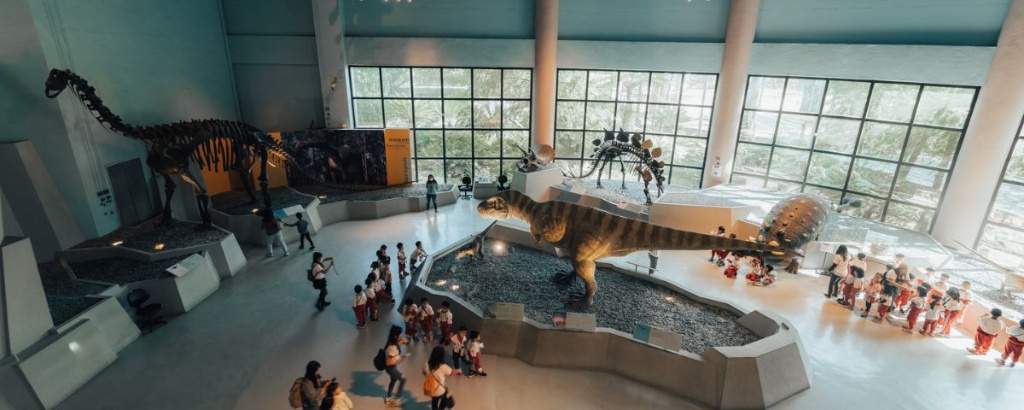Application of the brightest synchronous light source on Earth
Application of the brightest synchronous light source on Earth - the Museum and the National Synchrotron Radiation Center signed a memorandum of cooperation.
What will be the brilliant scientific sparks when the brightest Synchrotron Radiation Center cooperates withTaiwan's most abundant collection of specimens in the Museum?
The National Museum of Natural Science has 19 specimen collection rooms, 1.58 million precious items, and more than 60 researchers in the Museum working day and night in the fields of animal, plant, geology, anthropology and other professional fields of deep research. In addition to improving the research contents of various professional subjects, the Museum is more active in breaking through the limitations of experimental facilities. Right after the introduction of the “Focus Overlay Automatic Microscope System” (TORI FOCUS) independently developed by the Taiwan Ocean Research Institute (TORI) of National Applied Research Laboratories in 2020, which can automatically take pictures with different micro-focal lengths; solving the problem that a single focal length can only take a clear focus image of the specimen, the Museum and the National Synchrotron Radiation Research Center (NSRRC) signed a memorandum of cooperation on January 19, 2021 to apply the brightest synchrotron light source on Earth into the research work. It can overcome the limitations of existing research methods without harming precious specimens, and see more of the mysteries of nature and science.
The major promoter of this cooperation, Huang Wen-San, deputy director of the National Museum of Natural Science, has not changed his scholar's enthusiasm, and can't wait to borrow more than 40 kinds of flying lizard specimens not found in Taiwan from foreign research institutions, and will use the experimental facilities of the National Synchrotron Radiation Research Center to studyevolution process of the flying lizard's membrane. Dr. Yang Zi-rui of the geology group also said that the Museum has Burmite formed during the Cretaceous period, which can be deeply studied through synchrotron light sources to understand the physical and chemical changes in the process of fossilization of the biological remains in the amber, and even the amino acids and other organic matters preserved in the remains of these organisms can also be analyzed to gradually reconstruct the appearance of ancient organisms.


